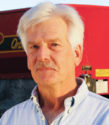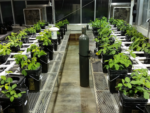Advertise Follow Us
Items Tagged with 'flooding'
ARTICLES
The Connection Between Flooding and Farming Methods
Scientists say there's a way to at least decrease the amount of damage natural disasters can do and it all starts in the farm fields.
Read More










